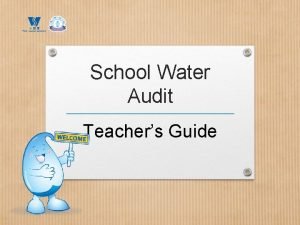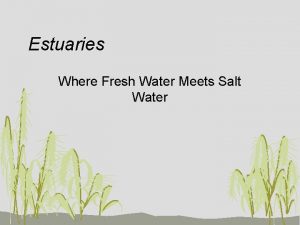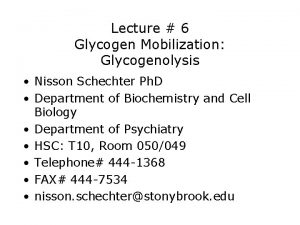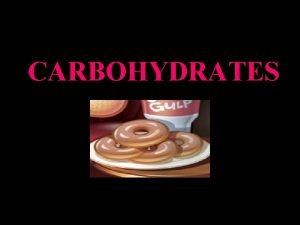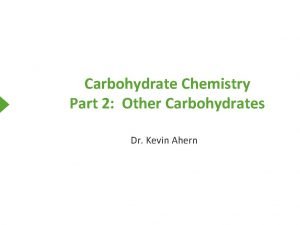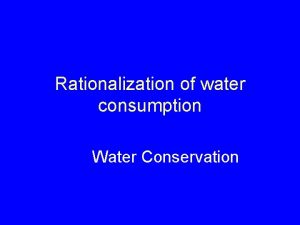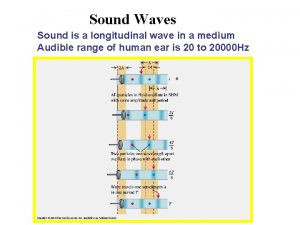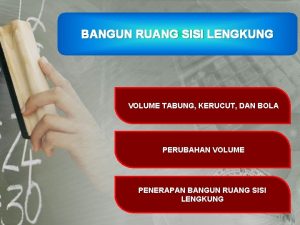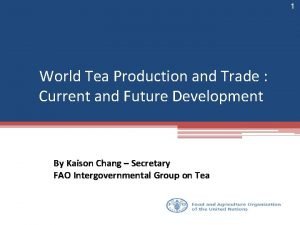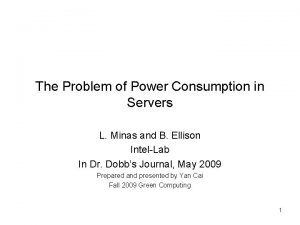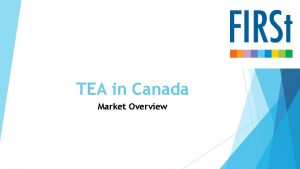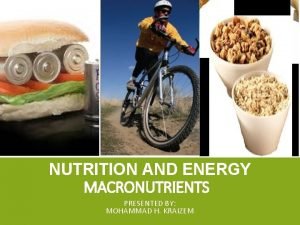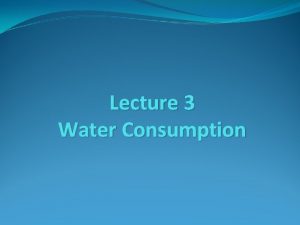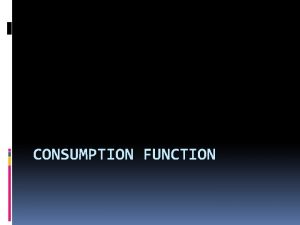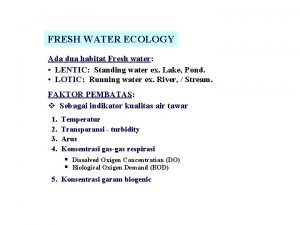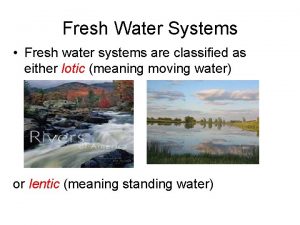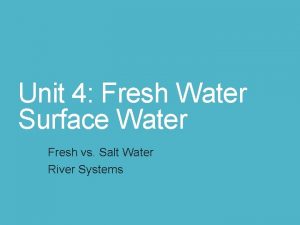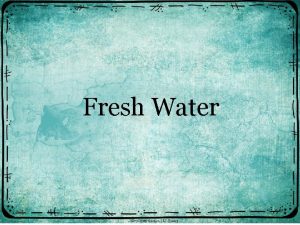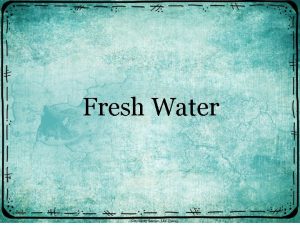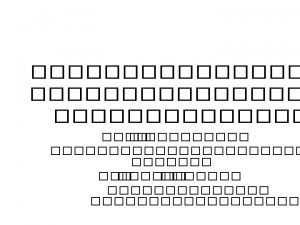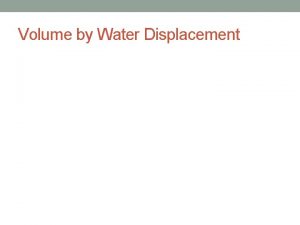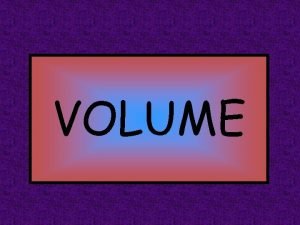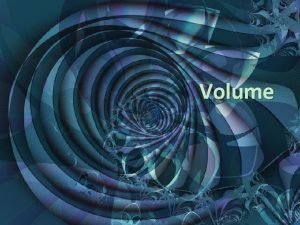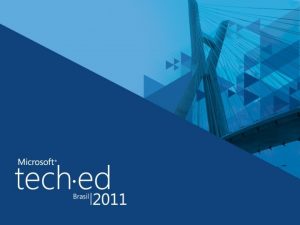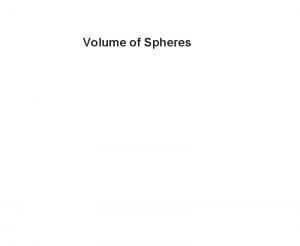Reducing fresh water consumption in high water volume




















- Slides: 20

Reducing fresh water consumption in high water volume consuming industries by recycling AOPtreated effluents “AOP 4 Water” Zmanjševanje porabe sveže vode v industriji s ponovno uporabo (recikliranjem) očiščenih odpadnih voda 13. oktober 2011, Ljubljana Pregled in koncept projekta ter prvi rezultati Trajanje: 01 januar 2011 – 31 december 2012 dr. Aleksandra Krivograd Klemenčič

2 outline · Initial situation · AOPs for advanced effluent treatment · Project objectives · Execution, time frame

3 Initial situation · O 3 for advanced effluent treatment : many advantages, good results and experience · BUT: not always economical worthwhile è Make O 3 -treatment more attractive: · Combination with H 2 O 2, UV, Ultrasound · Regions with a lack of freshwater è new water sources needed

4 AOP in effluent treatment · Ozone: è turns residual COD into biodegradable compounds è COD ↓, BOD 5 ↑, BOD 5/COD ↑ paper production biological treatment ozone stage biofilter receiving water

5 Goal · (re-)use of AOP-treated effluents instead of freshwater · Source: effluents from · (re-)use in • Pulp and paper mills • Food processing industry • Textile industry • Municipal waste water Key to (re-)use: · improve the efficiency of AOP-treatment èto ensure optimum water quality èto show the possible use of the treated water

Execution 6 WP 1 PTS Coordination WP 2 Factory investigations WP 3 PTS AOP trials with effluents (paper mills, textile, municipal, food) Celabor WP 6 Impact of water(re-)use on process water and product quality AQP WP 4 UL Biodegradability-trials WP 5 UL Mathematical Modelling (Data analyses and system identification) WP 7 Water-treatment concepts WP 9 Dissemination and use AQP WP 8 PTS Celabor sustainability studies

7 Time frame

8 Selected textile industries ØTSP Maribor d. d. ØPOLZELA socks and stockings factory d. d.

9 Options of reuse of AOP-treated wastewater in textile industry - in dyeing process - in washing process -?

10 Iz. VRS and ECHO Ltd. designed and constructed lab -scale pilot plant for performing AOP-trials Reservoir UV > 40 m. J/cm 2 λ = 253 nm Max. discharge: 15 L/min Redox, p. H, O 2 samplers Hydrogen Peroxide pump, 2. 7 m. L/min Hydrogen Peroxide System pump 2. 4 L/min Ozonation Generator: 200 -400 mg/h Internal air pump: 4 -5 L/min Ventouri ozone injector

Task 3. 2: AOP trials – technologies used individually ü UV TRIALS ü O 3 TRIALS ü H 2 O 2 TRIALS ØSampling point (at POLZELA socks and stockings factory): wastewater from the production of textiles – outflow from the equalization pond (where partial self-neutralization is present as acidic and alkaline wastewater is mixed) ØTwo parameters were chosen to be followed in the preliminary trials: COD and colouration.

12 Results: UV TRIALS Date 1. 7. 2011 Number of cycles 0 1. 7. 2011 1 1' 60 335 - - 1. 7. 2011 2 2' 120 331 - - 1. 7. 2011 5 5' 300 328 - - 1. 7. 2011 10 10' 600 333 - - 1. 7. 2011 20 20' 1200 327 - - 1. 7. 2011 50 50' 3000 330 - - 1. 7. 2011 100' 6000 323 - - 1. 7. 2011 200' 12000 287 - - 4. 7. 2011 4320 3 days 259200 188 775 46, 69 317 1660 100 4. 7. 2011 Processing time (min) (s) 0' start 0 3 days - raw sample COD (mg/L) 340 Colour (455 nm) Colour residue [units Pt. Co] (%) -

13 Results: UV TRIALS λ = 253 nm Q = 2. 4 L/min V = 2. 4 L

14 Results: O 3 TRIALS Date 4. 7. 2011 Number of cycles 0 Processing time (min) (s) 0' start 0 COD (mg/L) 4. 7. 2011 1 2' 120 304 - - 4. 7. 2011 2 4' 240 299 - - 4. 7. 2011 5 10' 600 298 - - 4. 7. 2011 10 20' 1200 303 - - 4. 7. 2011 20 40' 2400 283 - - 4. 7. 2011 50 100' 6000 263 497 100 4. 7. 2011 100 200' 12000 234 279 56 5. 7. 2011 720 1 day 86400 79 94 19 312 Colour (455 nm) Colour residue [units Pt. Co] (%) -

15 Results: O 3 TRIALS Q = 2. 4 L/min V = 4. 8 L QO 3 = 500 mg/h

16 Results: H 2 O 2 TRIALS Date 7. 7. 2011 Number of cycles 0 Processing time (min) (s) 0' start 0 7. 7. 2011 1 2' 7. 7. 2011 2 7. 7. 2011 COD (mg/L) 286 Colour (455 nm) [units Pt. Co] 1803 120 1001 1779 4' 240 1419 1744 5 10' 600 2574 1712 7. 7. 2011 10 20' 1200 4684 1611 7. 7. 2011 20 40' 2400 11100 1499 7. 7. 2011 50 100' 6000 15200 1497 7. 7. 2011 100 200' 12000 15900 1295 8. 7. 2011 720 1 d 86400

17 Results: H 2 O 2 TRIALS Q = 2. 7 L/min V = 4. 8 L 2. 7 m. L of 30% H 2 O 2 per min added

18 CONCLUSIONS • COD decrease: ozonation at the applied ozone concentration proved to be more efficient compared to UV irradiation (25% remaining COD at ozonation compared to 55% at UV irradiation) • COLOURATION: ozonation proved to be much more efficient compared to peroxide application in colour removal (19% remaining colouration at ozonation compared to 72% at peroxide application) • The amount of H 2 O 2 added needs to be adjusted and surplus avoided

19 FURTHER TRIALS Task 3. 2: AOP trials – technologies used individually POLZELA (Textile factory A): ØRepetitions of experiments with separately applied methods (UV, O 3 and H 2 O 2) (Autumn 2011) Ø Performing experiments with Cavitation (Autumn 2011) Ø Parameters to be analyzed: COD, BOD 5, Colour, Nitrate, Nitrite, TSS, p. H, Total hardness, Sulphate, Chloride, Iron, Manganese, Copper, Alkalinity, Turbidity TSP (Textile factory B)? , municipal wastewater, removal of pharmaceuticals Trials planned to be performed in 2012

20 FURTHER TRIALS Task 3. 3: AOP trials – technologies used combined POLZELA (Textile factory A): ØUV +O 3 (Autumn 2011) ØH 2 O 2 + O 3 (Autumn 2011) ØUS +UV (Autumn 2011) ØUS+ H 2 O 2 + O 3 (Autumn 2011) TSP (Textile factory B), municipal wastewater, removal of pharmaceuticals Trials planned to be performed in 2012
 Drinking fountain
Drinking fountain Fwa in ship
Fwa in ship Fresh water meets salt water
Fresh water meets salt water Glucose seliwanoff test
Glucose seliwanoff test Pyridixine
Pyridixine Sucrose fehling's test
Sucrose fehling's test Reducing sugar vs non reducing sugar
Reducing sugar vs non reducing sugar Water and water and water water
Water and water and water water Rationalization of water consumption
Rationalization of water consumption Speed of sound in fresh water
Speed of sound in fresh water Fresh water density
Fresh water density Mean stroke volume
Mean stroke volume Stroke volume
Stroke volume Solute vs solvent
Solute vs solvent Closing volume vs residual volume
Closing volume vs residual volume Volume kerucut = .....x volume tabung *
Volume kerucut = .....x volume tabung * Large volume parenterals examples
Large volume parenterals examples World tea consumption
World tea consumption Rdimm power consumption
Rdimm power consumption Tea market in canada
Tea market in canada Over consumption of fat
Over consumption of fat
